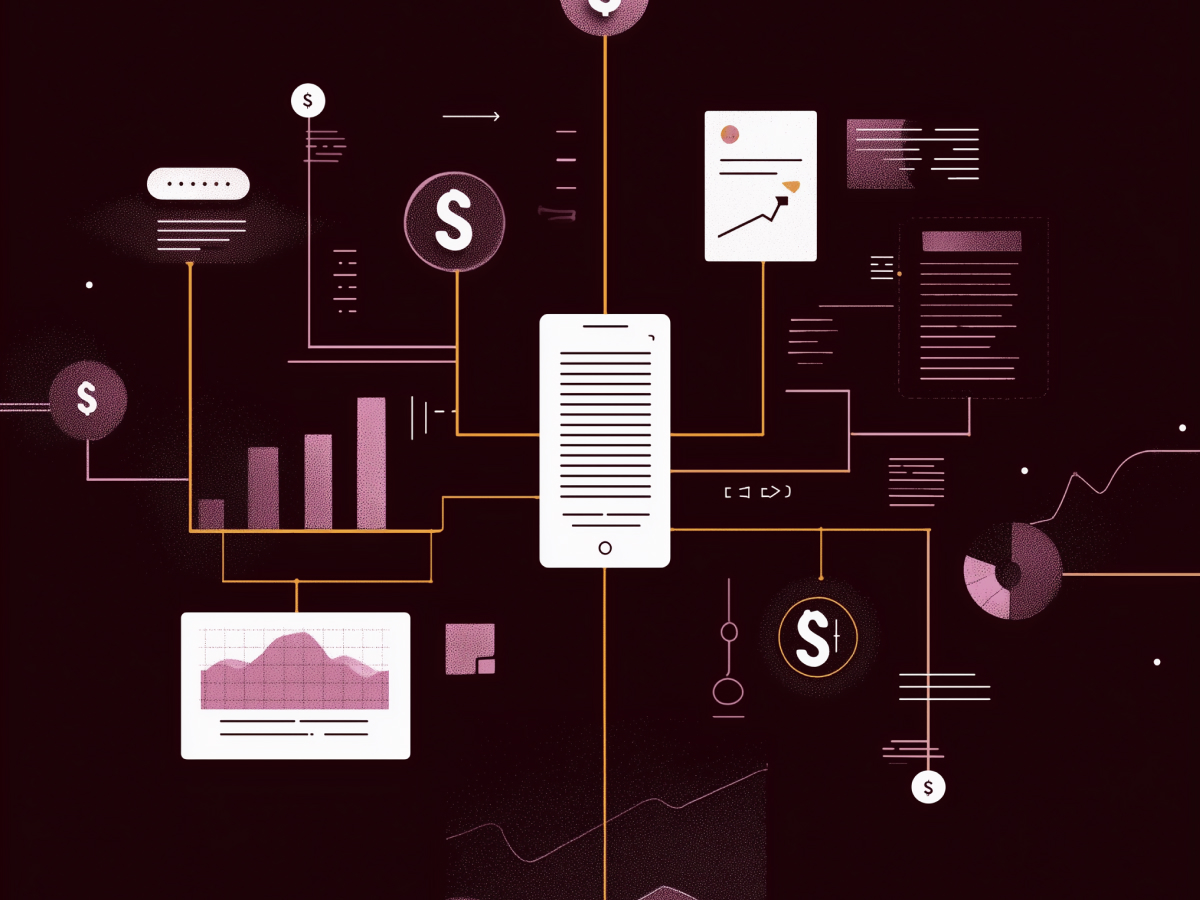Translating corporate objectives into actionable team goals
Most companies have a vision. They know what they want long-term, lower cost, better resilience, smarter platforms. But turning that vision into specific tasks engineers can act on? That’s where things often break down. It’s not enough to hand down a high-level strategy and expect traction at the engineering level. You need to translate those goals into something meaningful, something engineers can implement directly into their existing products or systems without killing momentum.
Operationalizing strategic themes works. You want to control cost? Engineers can cut unnecessary logs or optimize memory usage. You want platform resilience? Give them timeout policies or automated recovery routines. The key is clarity, turn concepts into features.
This only works if managers push for direct conversations between engineering, product, and system design leads. Engineering managers should talk to principal engineers and product leads. Ask them: What are the non-obvious areas where effort today translates into long-term gains? Start there. You’ll get OKRs grounded not in theory, but in tools, code, and outcomes.
Now, it’s not about writing goals in five-star corporate language. It’s about writing goals that engineers can act on Monday morning. What’s measurable? What improves the system? What saves time or enables better user support tomorrow? That’s what makes a strategy real.
Early and inclusive goal-setting boosts engagement
When engineers feel disconnected from goals, they disengage. It’s predictable. You put six months of strategy planning on their desk and tell them to deliver results, they’ll treat it as busywork. That’s not a system that scales.
Early involvement changes that. Put senior engineers in the room when goals are being defined. Let them help shape the path. You’ll get two things: sharper goals and better execution. Engineers know the complexity under the hood. They know what can be automated, where legacy systems break under scale, and what tech debt drags critical features.
First, get an idea of what the product team needs help with. Then, ask the principal engineers what medium-term improvements are already on their radar. Bring those together and create a list of challenges that’s actually interesting to a developer. From there, let the team rank them. Encourage them to choose goals they want to own, or pair up on.
This decentralizes engagement. Every engineer defines goals that matter to them and align with company priorities. It’s not one objective per person, it’s a shared framework that scales. That alone lifts morale, but more importantly, it increases quality of output.
For leadership, this isn’t about feel-good management. It’s a system that builds real accountability. People care more about outcomes when they see themselves in the goal.
Allocating dedicated time enhances OKR achievement
Most engineering teams run tight on time, and that’s by design. Output drives the business. That said, if you only give space to delivery and nothing to forward-thinking strategic work, progress becomes reactive instead of intentional. You can’t execute OKRs properly without protecting time for them.
Let’s be clear, this only works when OKRs make sense contextually. That means tying them into future product development or concrete technology shifts. If you want engineers engaged, the OKRs need to feel like a strategic priority, not a hobby. That’s where negotiation plays a role. Get recurring OKR time approved by aligning objectives with roadmap risks or cost-savings initiatives. When other stakeholders, product leads, system architects, see the long-term win, support follows.
This is a point many leaders underestimate. Engineers know how to deliver. What they need is clarity and protected space. When time is provided purposefully, you don’t need to motivate them. They build, and results follow. Decision-makers need to acknowledge that strategic focus only scales when it’s resourced, just like any other part of the business.
OKRs drive concrete technical and process improvements
Over multiple goal-setting cycles, engineers drove measurable change across tools, platforms, and workflows. Test pipelines got faster. Support tickets dropped. Platform architecture evolved to a more modern, maintainable structure.
Let’s go specific. Our test automation went from a legacy setup to one built around TestServer runner and WireMoq. The objective? Faster execution and better mocking. It worked. This wasn’t theory, it saved time. In another cycle, engineers worked together to create a new domain model for a key service, cleaner, more aligned with our actual business concepts. It later became the foundation for a major service refactor.
Push OKRs tied to internal support. One initiative produced a working proof of concept, a report designed specifically for our Service Desk team. It helped them understand how a service handled requests. The result was fewer support escalations. That objective didn’t just improve efficiency; it reduced noise for the engineering team itself.
This is what OKRs can do when aligned right: deliver practical wins while building long-term platform strength. Engineering teams are more than capable of this kind of performance. What they need is a clear link between work and value, and goals that aren’t just tracked, but actually delivered. For leadership, these types of outcomes justify the structure. OKRs, when executed well, don’t add overhead. They scale progress.
OKRs as a catalyst for innovation and continuous learning
OKRs aren’t just about tracking goals. Done right, they open space for engineers to explore new technologies, improve systems beyond short-term needs, and build capabilities the company didn’t have before. That’s exactly what happened at Farfetch. Over several cycles, OKRs move beyond the backlog and into real knowledge development.
Engineers took on objectives that weren’t directly tied to product delivery but paid off quickly in system understanding and team maturity. Topics like onion architecture and contract testing weren’t just researched, they were presented internally to drive clearer decision-making across teams. These weren’t isolated innovations. They moved the baseline of how our platform operates and how informed our engineers are when solving hard problems.
Make space for individual learning to translate into collective impact. Engineers investigated tools, concepts, or methods that mattered, then shared those learnings with the wider team or even throughout the larger tech organization. That raised the operating ceiling for everyone involved. Leadership didn’t need to micromanage that, just support it and give it a channel.
From a business perspective, this is not about exploration for its own sake. When your team is learning in ways that align with system design truths or future architectural needs, you strengthen capability and reduce dependency on hiring or outsourcing. You build resilience into your engineering function.
For executives looking to push efficiency without blocking innovation, OKRs are an effective structure. They give teams permission and direction at the same time. Engineers are wired to learn and solve; the job of leadership is making sure that energy compounds instead of getting sidelined.
Key executive takeaways
- Translate strategy into execution: Leaders should ensure high-level company goals are broken down into clear, actionable objectives that engineering teams can directly impact, this increases alignment and speeds up delivery on strategic priorities.
- Involve engineers early: Engagement rises when engineers participate in shaping goals from the beginning. Empower teams to define OKRs based on real technical challenges and business needs to drive ownership and performance.
- Protect time for strategic work: OKRs require structured time to succeed. Allocate recurring time blocks for teams to focus on long-term initiatives without disrupting day-to-day delivery.
- Tie OKRs to measurable results: Use OKRs to push technical improvements that clearly impact efficiency, scalability, or support metrics. Leadership should track outcomes to validate what’s working and scale those contributions.
- Use OKRs for capability growth: Encourage engineers to take on OKRs that build future-ready skills and advance platform architecture. This not only drives innovation but reduces long-term risk by strengthening team expertise.





